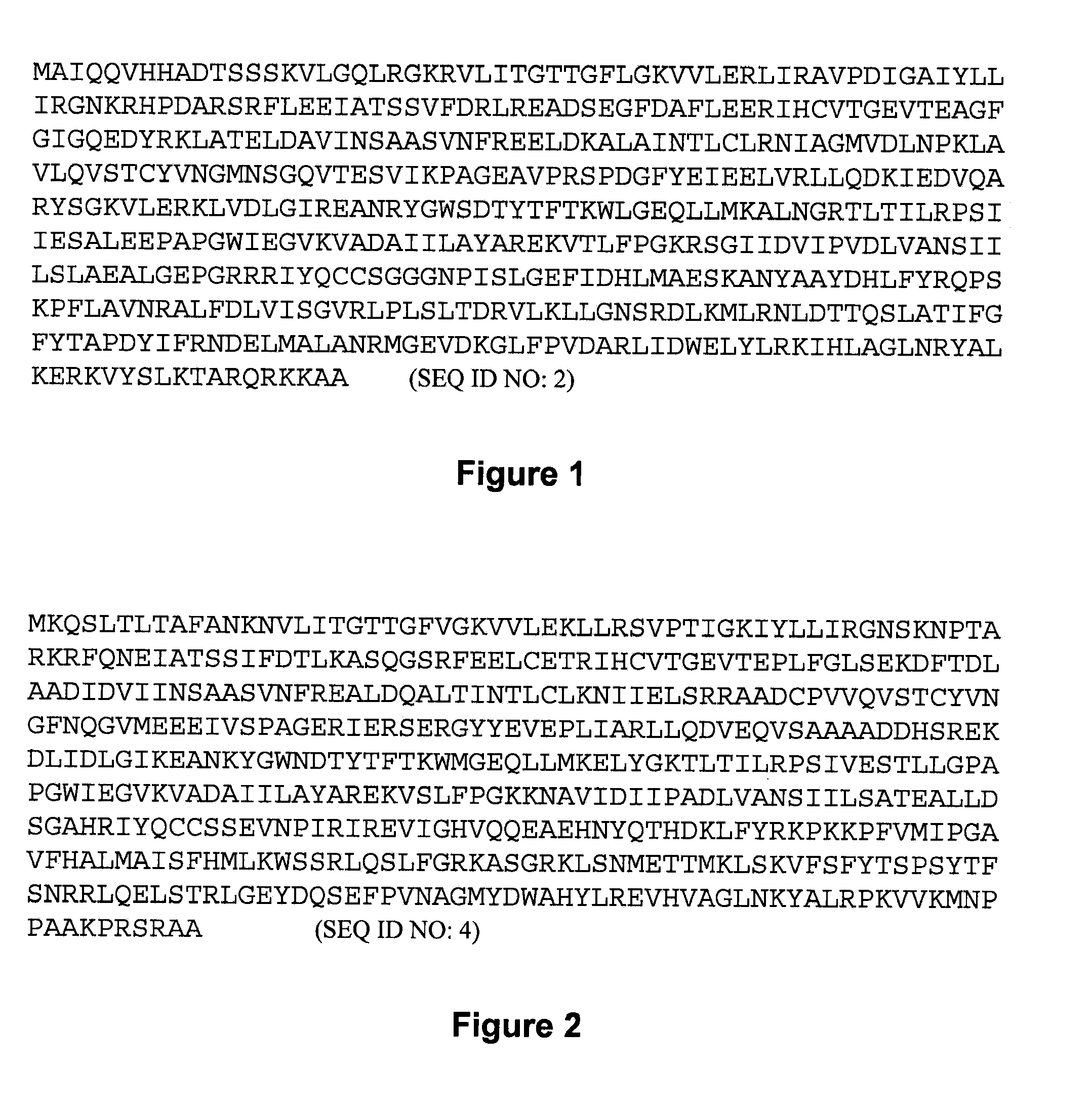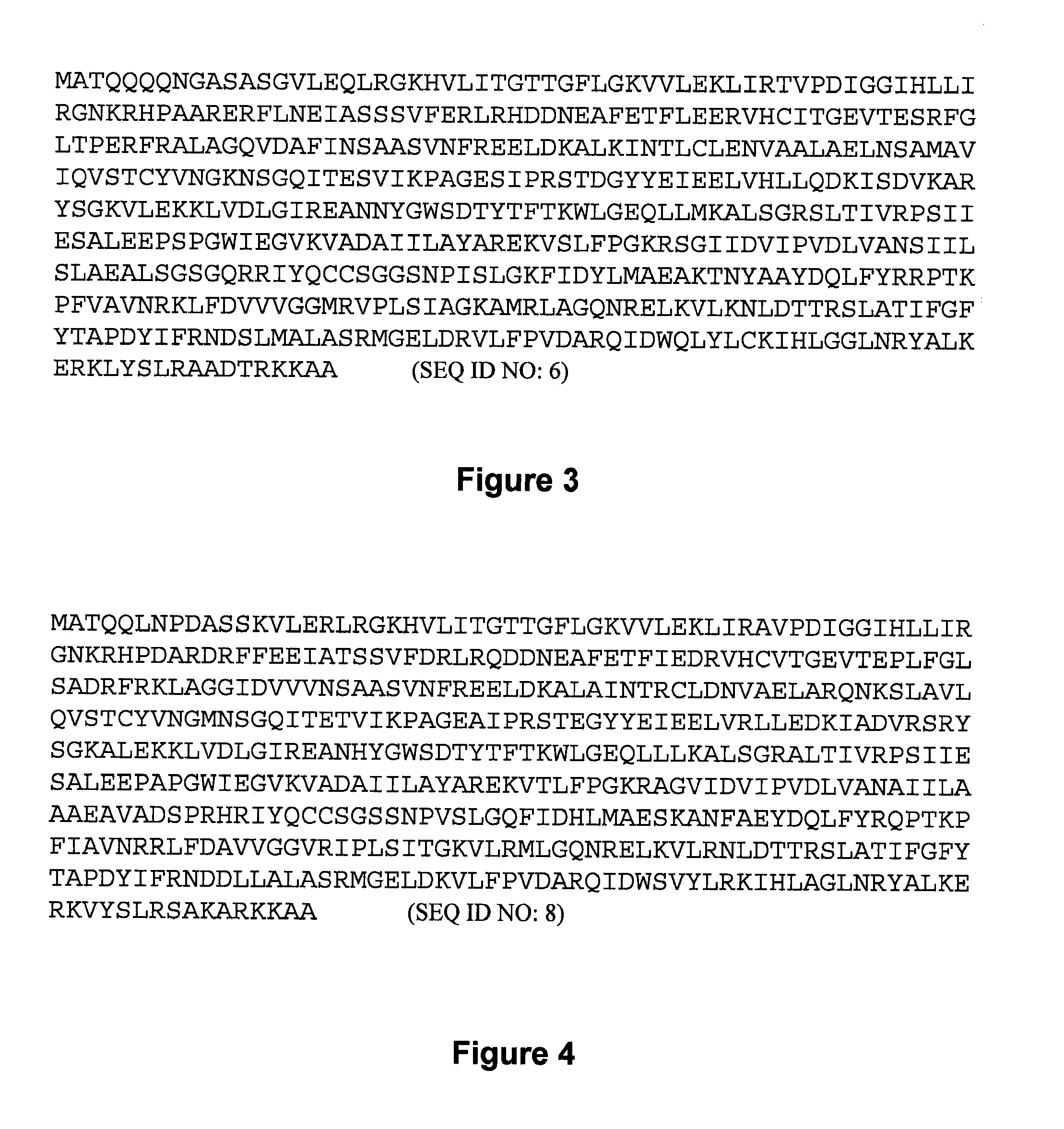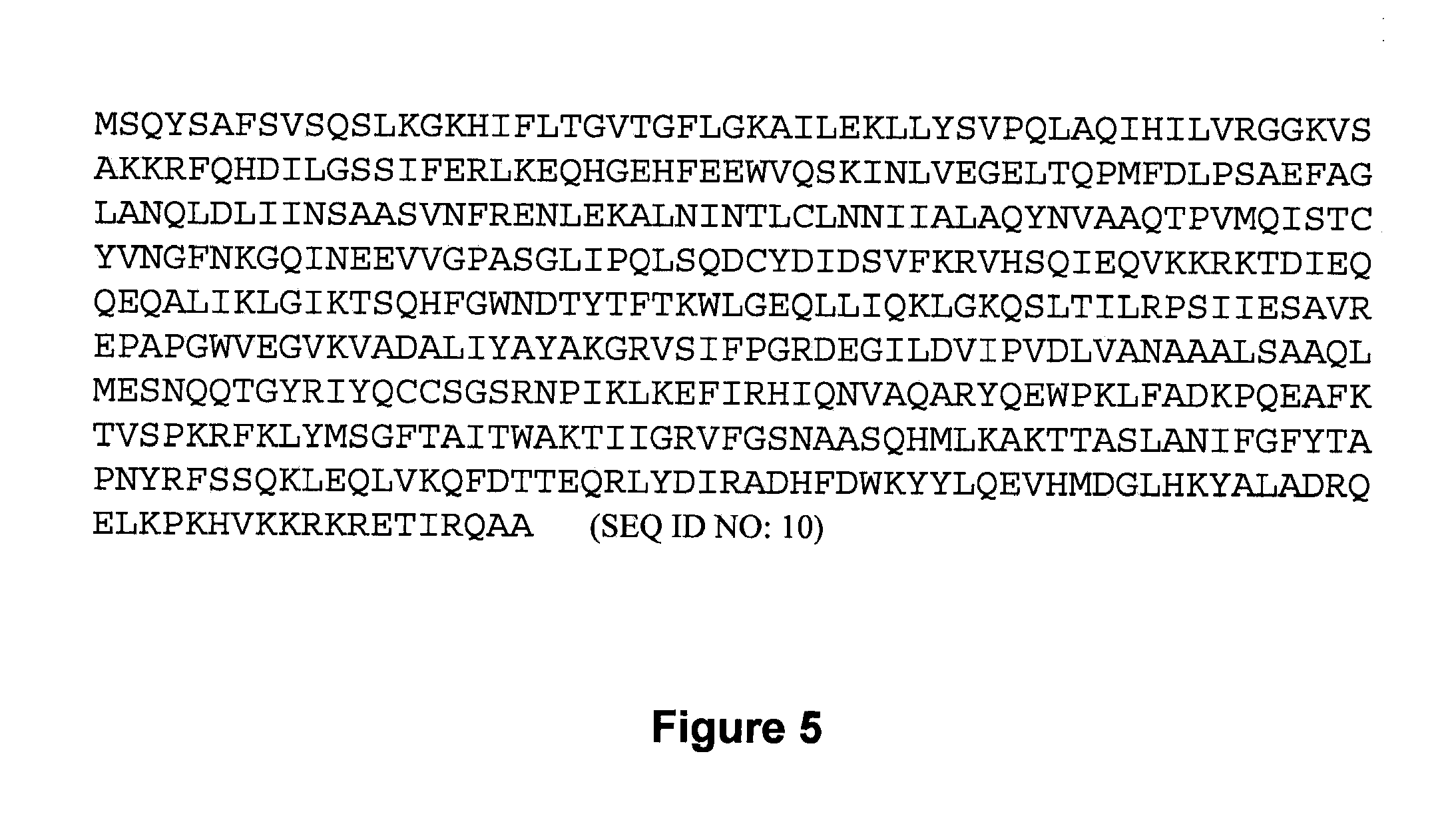Production and secretion of fatty acids and fatty acid derivatives
- Summary
- Abstract
- Description
- Claims
- Application Information
AI Technical Summary
Benefits of technology
Problems solved by technology
Method used
Image
Examples
embodiment 1
[0212]A method of producing one or more fatty alcohols, comprising the steps of: culturing a recombinant microorganism in a suitable culture medium, wherein the recombinant microorganism does not produce acyl-CoA and does not express an exogenous acyl-ACP thioesterase, wherein the recombinant microorganism comprises a non-native nucleic acid sequence which produces an alcohol-forming acyl-ACP reductase upon expression in the recombinant microorganism; and allowing expression of said non-native nucleic acid sequence, wherein said expression results in the production of at least 0.5 mg / L fatty alcohols / culture in a seven day culture period.
embodiment 2
[0213]The method of embodiment 1, wherein the recombinant microorganism is a photosynthetic microorganism, optionally wherein the photosynthetic microorganism is cultured either mixotrophically or phototrophically, wherein the culture is exposed to light for at least a portion of the culture period.
embodiment 3
[0214]The method of embodiment 2, wherein the photosynthetic microorganism is cultured phototrophically, wherein inorganic carbon is substantially the sole source of carbon in the medium, optionally wherein the inorganic carbon source is CO2, carbonic acid, a carbonate, or a bicarbonate.
PUM
| Property | Measurement | Unit |
|---|---|---|
| Fraction | aaaaa | aaaaa |
| Time | aaaaa | aaaaa |
| Electrical resistance | aaaaa | aaaaa |
Abstract
Description
Claims
Application Information
 Login to View More
Login to View More - Generate Ideas
- Intellectual Property
- Life Sciences
- Materials
- Tech Scout
- Unparalleled Data Quality
- Higher Quality Content
- 60% Fewer Hallucinations
Browse by: Latest US Patents, China's latest patents, Technical Efficacy Thesaurus, Application Domain, Technology Topic, Popular Technical Reports.
© 2025 PatSnap. All rights reserved.Legal|Privacy policy|Modern Slavery Act Transparency Statement|Sitemap|About US| Contact US: help@patsnap.com



